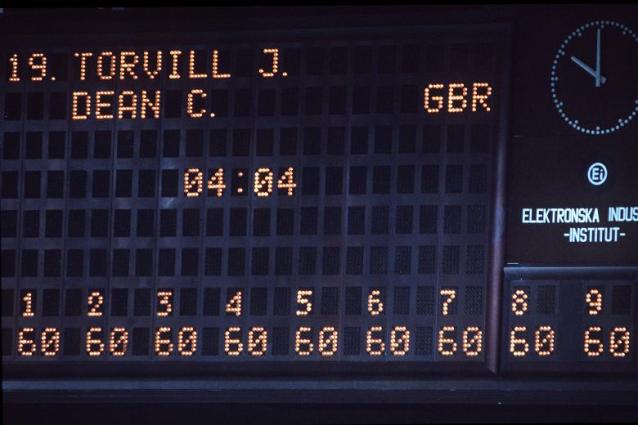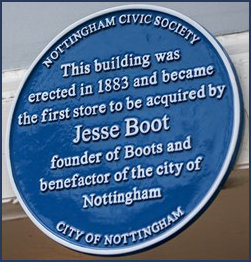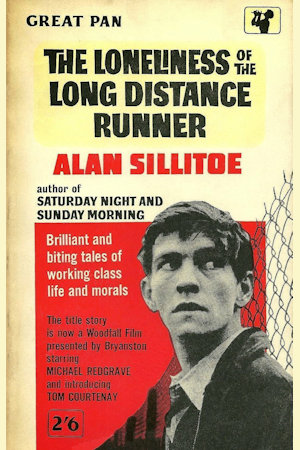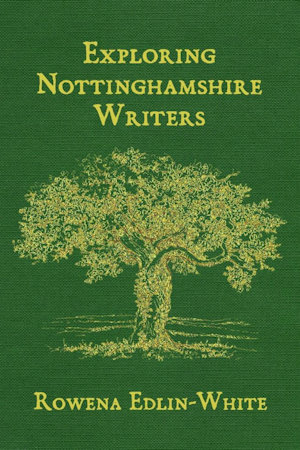Home Page / My Brush With Home
Nottingham
Fabulous piece of imagery at the Nottingham Open - stencilling the name of the city onto the Centre Court
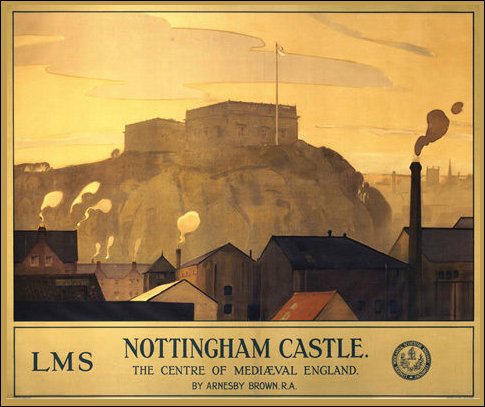
Very atmospheric poster of Nottingham Castle which has caught my fancy
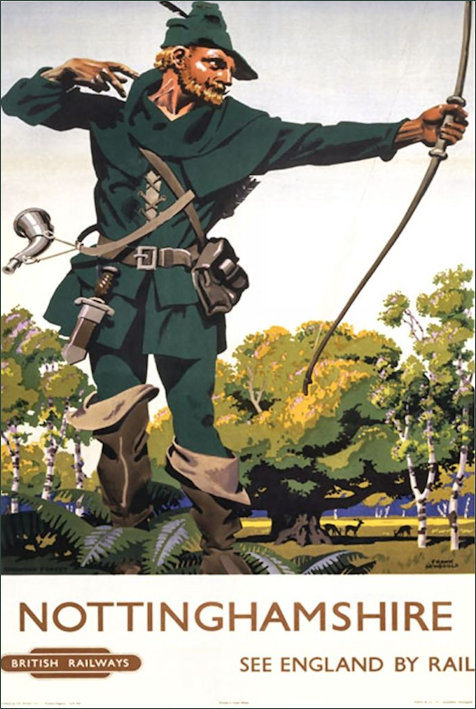
Nottinghamshire Robin Hood BR by Frank Newbould. British Railways travel poster dated 1953 (that's near enough!)
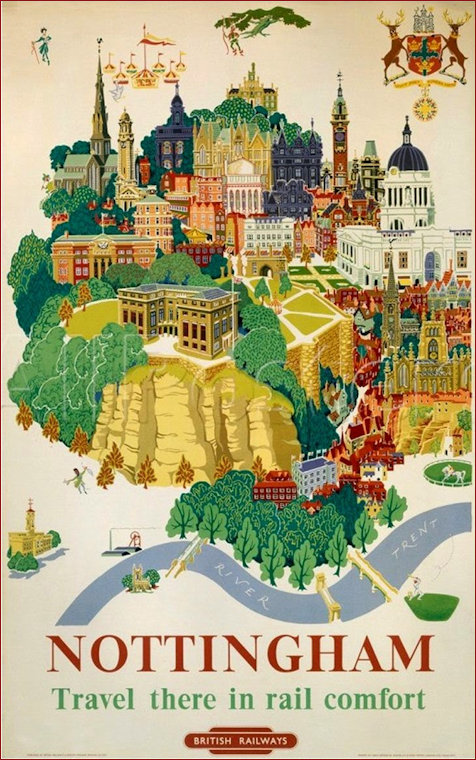
Wasn't I lucky that my parents decided to allow me to start my life in the lovely and historical city of Nottingham beautifully represented here in a poster by Kerry Lee known as a pictorial map artist. (Provenance : Poster BR 'Nottingham - Travel There In Rail Comfort' by Kerry Lee D/R size. A collage of famous buildings and local amenities/activities. Published by British Railways London Midland Region and printed by Waterlow & Sons.)

A Banksy for Nottingham in 2020 - possibly because our Covid numbers are showing alarmingly high - image sourced from the official Banksy website with thanks
From the BBC website on 18th October 2020
Banksy claims Nottingham hula-hooping girl artwork
The graffiti artist Banksy has confirmed a piece of art that appeared in Nottingham was created by him. The work, outside a beauty salon, shows a girl hula-hooping with a bicycle tyre. It went up on Tuesday (13th), next to a bicycle that is missing its back wheel.
Amid speculation over whether the piece was a Banksy, a screen was fitted to it. In an ironic twist, soon afterwards the screen was sprayed with graffiti. A picture of the work was posted on Banksy's Instagram on Saturday morning.
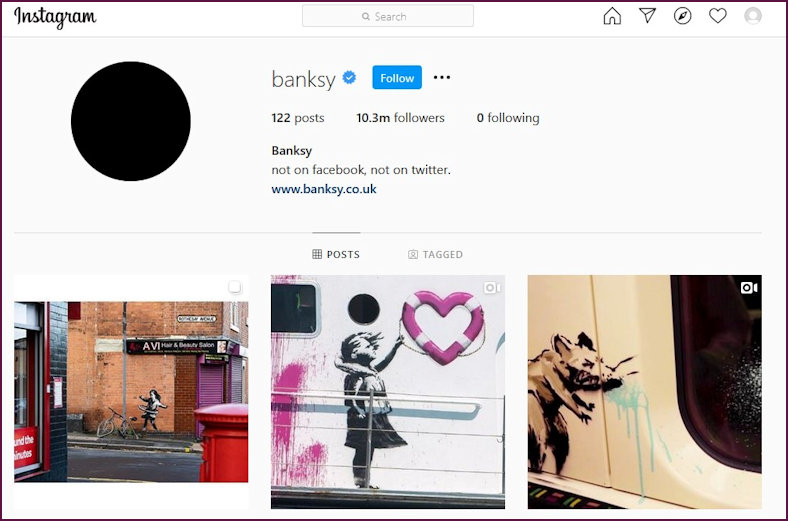
The salon the artwork appeared outside is on the junction of Rothesay Avenue and Ilkeston Road in Lenton, a popular residential area for students. After Bansky's confirmation he was the creator, people began arriving to have their photographs taken with the artwork, with about 30 people there at one point, as well as police officers. Nicola Marshall, 39, from Clifton, Nottingham, came with her son Klaye to see the work. She said: "It's a bit of positivity with all this coronavirus going on." Danial Ahmer, 23, a student who lives on Rothesay Avenue, said: "I think it's eye-catching. It was a bit surreal and random to see it here though."
Banksy expert Prof Paul Gough, from Arts University Bournemouth - who initially doubted whether it was the real deal - said he was "really pleased" the work was by the artist. Talking about the meaning behind the artwork, he said: "It is curious. The last four or five [Banksy pieces] have all related to Covid or something in the news. This is much more whimsical and much more of the moment. It is someone enjoying themselves. Perhaps that is the message: 'we are in difficult times, let's try to make the most of it and get some fun out of something which is broken'. The hoop is holistic. The circle is a positive and life-affirming. Even with a knackered bicycle, she is finding something she can play with." He added: "The Nottingham picture is a different kind of [Banksy] painting to what I have seen before. There is less fluidity and a more pixelated effect, especially around the chin and parts of the face."
Banksy began spray-painting trains and walls in his home city of Bristol in the 1990s, and before long was leaving his artistic mark all over the world. He is famed for poking fun at big companies and sending political messages through his work. On an unassuming street off the edge of the city of Nottingham there's an almost seaside atmosphere. The excitement has brought people of all ages, backgrounds and parts of the city together, with a constant stream of people queuing to take a picture with the artwork. There's even an ice cream van and a hula-hooper to complete the picture.
Many are just happy to have something else to talk about other than the rising levels of coronavirus, and something to put the city in a more positive light - although maintaining social distancing is definitely a challenge. A spokesman from Nottingham City Council said it was "amazing" Banksy had confirmed the work was his, adding "we obviously don't know why he chose Nottingham but we're a city famous for our rebels, like Robin Hood of course". He said: "The fact that the artwork features a bike could be a reference to the Raleigh factory that used to be nearby, famous for its role in Saturday Night and Sunday Morning, the novel by local author Alan Sillitoe and iconic 1960 film starring Albert Finney." The council fitted the temporary cover to the work earlier in the week and now it is known to be a genuine Banksy, advice will be taken on what should happen next, said the spokesman. He added: "We know people will be tempted to come and see it for themselves but we need to avoid large gatherings during the current pandemic, so we would urge everyone to please stay away."
2020 - Goose Fair Cancelled!
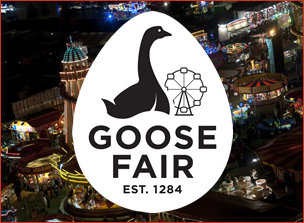
For only the 9th time in its illustrious 700-year history.
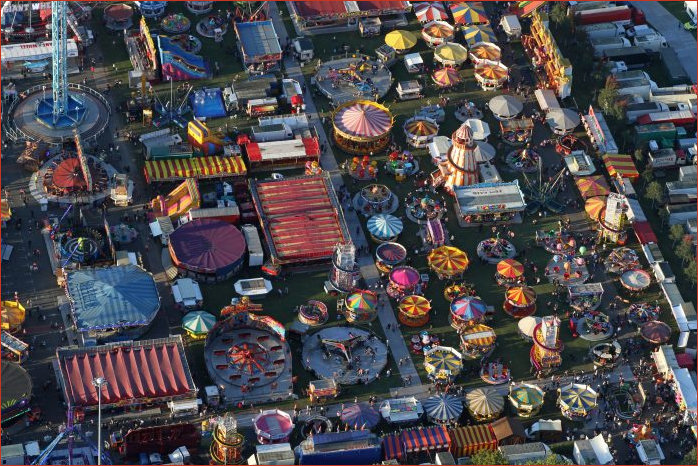
Looks just like a plateful of 'Dolly Mixtures' doesn't it? - This delightful image was taken by and is the © of Robin Macey who contacted me recently about my former boss Bruce Myles
Goose Fair is cancelled for 2020 following Covid restrictions
Posted on 21st August 2020 in Coronavirus, Featured, Leisure and Culture, Press Releases, Tram, Whats On
Nottingham City Council and the Showmen's Guild have today announced the cancellation of the 729th Goose Fair. The popular annual event was due to be staged at its regular home of the Forest Recreation Ground from Wednesday 30 September to Sunday 4 October.
Despite current Government regulations allowing fairground rides and attractions to open, the challenge for the council's Events team and the Showmen's Guild has been how to manage the 420,000 visitors who attend the five-day event, while maintaining social distancing and ensuring that other Covid-safe measures are in place. Several options were considered, including creating a number of timed sessions to limit capacity to 25,000 people, or extending the length of the fair to ten days. However, neither of these options came close to providing capacity for the more than 400,000 visitors who would normally attend. The other consideration was one of atmosphere. With reduced numbers, social distancing measures in place and lowered music levels, it was felt that if the event had been staged, much of the traditional atmosphere would have been lost. Getting people to and from the site on public transport was also a major factor in reaching the decision.
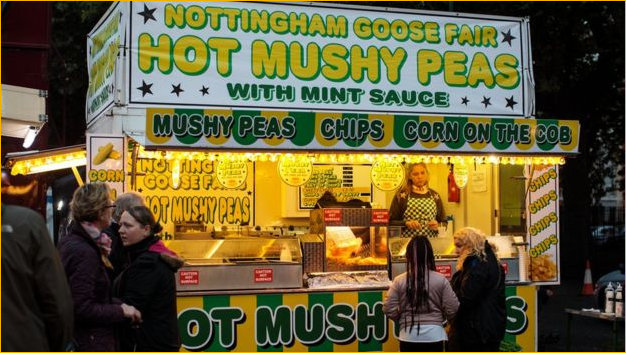
A typical Hot Food stand found at Goose Fair - image © of Getty Images sourced from the BBC News website
The fair is normally the busiest week of the year for NET and in 2019 the tram network carried more than 455,000 passengers – around 8,000 more people than the previous year. Nottingham City Transport also reported an uplift in passengers with 42 extra services running to support the event. Measures such as creating additional public car parking, a cycle park and encouraging walking to the event were initially considered as potential alternatives, but this was not felt to be sufficient.

Goose Fair in 2019 - Image by Tracey Whitefoot sourced from my nottinghamnews
The fair has only ever been cancelled on eight occasions previously during its more than 700-year history, including in 1646 due to the Bubonic Plague and during the First and Second World Wars.
Councillor Dave Trimble, Portfolio Holder for Leisure and Culture at Nottingham City Council, said: "The annual Goose Fair is Nottingham's iconic event and making a decision to cancel this year due to coronavirus is a decision that the council does not take lightly. "As with our other major events, we took the decision not to cancel the event earlier in the year, but to work with the Showmen's Guild and our event partners to come up with potential alternative solutions to stage Goose Fair safely in the current circumstances. "We know how well-loved the event is and what a boost it would have been for morale in the city. Unfortunately, due to the scale and popularity of the event, in the end this was not possible." William Percival, Chair of the Showmen's Guild (Derby & Notts section), said: "We are obviously disappointed that the 729th Goose Fair can't proceed as planned this year. "As with other sections of the entertainment industry, fairground operators have been hit hard by the pandemic, with many not operating at all during this year. "We have been working closely with the council to consider potential options that would have enabled the safe staging of the fair, but following consultation with our members, we have jointly decided with the council not to proceed for 2020."
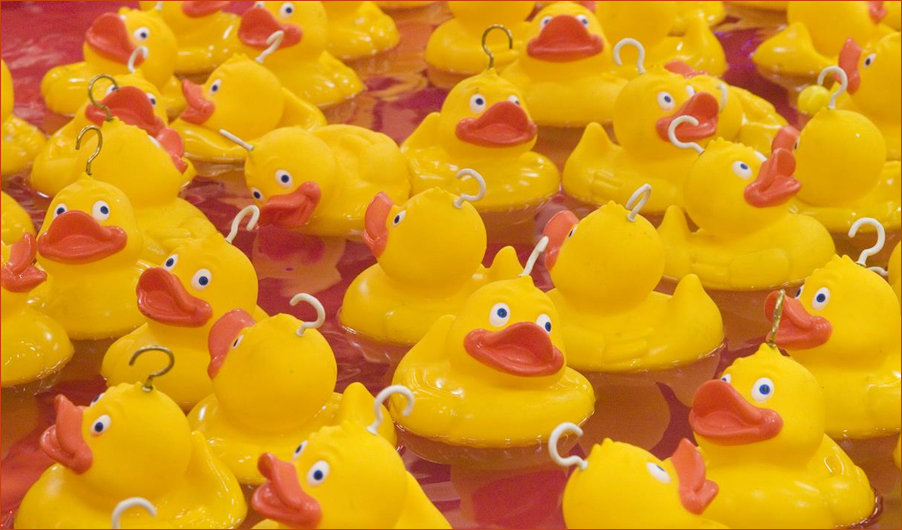
'Ay up miduck!' - a greeting synonymous with Nottingham and of course our beloved ducklings at Goose Fair which may or may not grant us a prize!
2018 - Royal Visit

From the Daily Mail on Thursday, 30th November, 2017 a slightly tongue-in-cheek welcome to the newly engaged pair due to visit Nottingham.

Harry & Megan meet the people of Nottingham - image courtesy & © of Getty via Cosmopolitan
Prince Harry & his fiancée Megan Markle 'wowed' Nottingham when they made their first public appearance, on 1st December, 2018, as an engaged couple to the City - they have also taken over Nottingham Cottage on the Kensington Palace estate vacated by elder brother Prince William and Catherine, Duchess of Cambridge.

Image courtesy & © of the Press Association
Précis of the history of Nottingham Cottage courtesy of the NP - It's a small home on the Kensington Palace estate in London, which the Duke and Duchess of Cambridge moved into on a temporary basis following their 2011 wedding. In 2013 they moved into an apartment in Kensington Palace itself as their permanent residence, and Prince Harry then moved into their temporary home. The first building on the site of what is now Kensington Palace was built in 1605, for a lesser member of the gentry called Sir George Coppin. The village of Kensington, which was then well outside London, was chosen because it was supposed to be a particularly healthy location. Coppin, who was in the inner circle at the Court of James I, fell from favour around 1619, and this was when his house came into the hands of Finch family, notably Sir Heneage Finch - who was to become the first Earl of Nottingham. (A quick note on Earls: the title 'Earl of Nottingham' has been created seven times, and died out six times. So there have been seven first Earls of Nottingham over history, and Sir Heneage was just one of those). The original 1605 building was knocked down and rebuilt and then, after the Restoration in 1660, rebuilt again and expanded by Christopher Wren. Sir Heneage Finch actually became Earl of Nottingham in 1681 - and at that point that building became known as Nottingham House. Eight years later the house was bought by William and Mary - the country's only ever joint king and queen - as their country retreat. It was bought from Daniel Finch, the second Earl of Nottingham, for a handsome £20,000, and was eventually renamed Kensington Palace. However, the 'Nottingham' name lived on in Nottingham Cottage - which was also a Wren-designed building! *Additional information from historian Dr Judith Rowbotham.
Carrington
This snippet taken from the Notts. Heritage Gateway site fully encapsulates my world, where I was born on Church Drive - to visit the Lido, see the Training Ground every time we caught a bus, to going to the cinema on Saturday mornings in the summer!
"Old maps show a cricket ground in what is now Mapperley Park, just off Mansfield Road near Tavistock Drive. In 1897 it was used by the Nottingham High School for Boys and then in the 1930s it became the Nottingham City Police Training Ground.
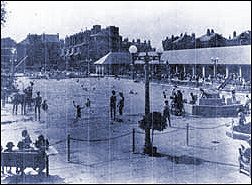
The Carrington Lido in the late 1930s.
The children’s play area just off Loscoe Road used to be the site of Carrington Lido which opened in 1937, the site was originally where the horse-drawn tram stables was situated. The Lido cost £20,000 and was very popular during the summer but when the weather was inclement it did not attract enough custom and as with many other Lidos it was thought not viable and closed in 1988.
There was a cinema, The Curzon, on Mansfield Road which is now where the Peugeot Garage is situated. It opened in 1935 and was closed in 1958." Source : Notts. Heritage Gateway
The 20 Best Things that Nottingham has given the World
Reasons to be proud of the city
By David Whitfield, Digital Content Editor, 4th August 2018 | Updated 5th February 2019
Nottingham is rightly proud of the contributions it has made over the years. From arts and the sciences to sports and inventions, the city and county's people have changed the world in dozens of ways. We've had a look at the top 20. They might not be in the right order, and there may be some things we've left (out). But the entries below, all from Nottingham and Nottinghamshire, have made their own mark in their own way. See if you agree.
20. The Flying Bedstead (1953)
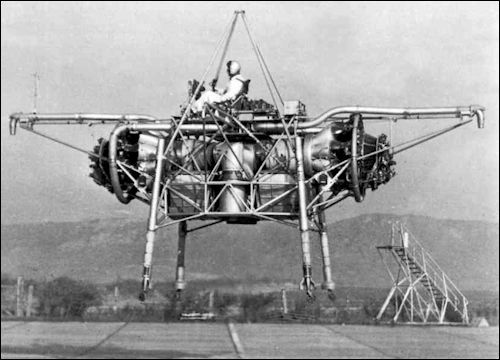
"The Flying Bedstead, otherwise known as the Rolls-Royce Thrust-Measuring Rig (TMR), was an experimental aircraft that was first flown on August 2, 1954 and used in the early development of VTOL (vertical takeoff-and-landing) aircraft." Image and dialogue sourced from daviddarling.info
There's a pretty odd statue of a Harrier in Hucknall, where Wood Lane meets the bypass, which is the only clue to one of the great things to come out of the town. The Flying Bedstead was developed at the Rolls-Royce factory and was the first plane to take off vertically - the prototype to the more widely-known Harrier Jump Jet.
19. The Video Cassette Recorder (1963)
Nowadays it's pretty easy to record your favourite TV shows, but the technology is less than 50 years old. The first VCR was invented by the Nottingham Electronic Valve Company and was called the Telcan or 'television in a can', cost £60, and could record 20 minutes in black and white.
18. Ye Olde Trip to Jerusalem (1189)
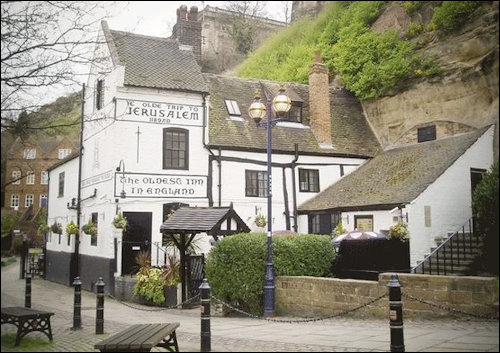
Not necessarily the oldest pub in Britain (even in Nottingham, Ye Olde Salutation Inn would dispute that) but certainly one of the most famous, with thousands of foreigners and locals flocking to Brewhouse Yard for a drink every year. Richard the Lionheart is said to have stayed at the inn during one of his stops in England, and if it's good enough for him, it's good enough for our list.
17. HP Sauce (1895)
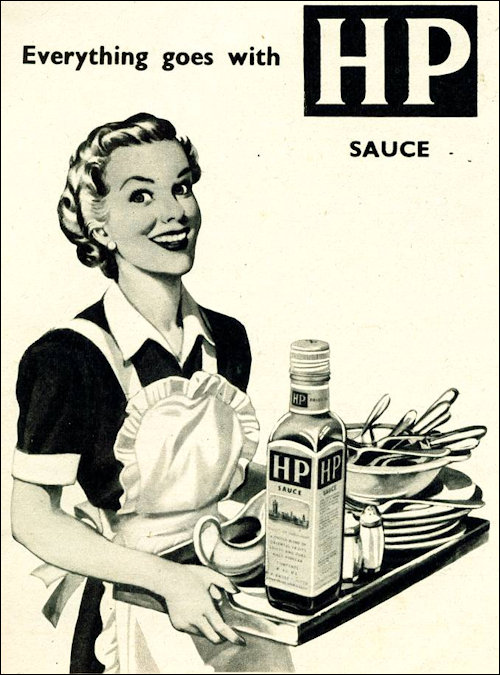
Fairly frequent 1950s stereotypically portrayed image of a waitress/housewife serving up HP Sauce - image sourced from historyworld.co.uk
The debate about red or brown sauce on a bacon sandwich might not exist if it weren't for shopkeeper Frederick Gibson Garton. He came up with the recipe for the famous sauce in his grocery shop in New Basford.
2020 Fun Stuff :
"Are you a foodie egghead? After experts traced the history of sirloin steaks we look at who Granny Smith really was and why avocados are named after the Aztec word for testicle"
By Mark Mason For The Daily Mail | Published: 12th March 2020 | Updated: 12th March 2020
Foodies who regard a juicy sirloin steak as a meal fit for a king were licking their lips with anticipation last week, when a 17th-century menu purporting to show the origin of the cut's name went up for auction. According to the document of dishes from 1617, James I found the meat so delicious that he knighted it 'Sir Loin'. It's a delightful anecdote, but caused consternation among food historians who maintain the term actually comes from the French sur la longe, meaning a cut of meat from 'above the loin'. Whatever the truth, MARK MASON reveals some of the tastiest stories behind other food names . . .
HP discovered in Nottingham (how some products got their names)
The spicy condiment was produced in small batches by Frederick Gibson Garton, a Nottingham shopkeeper, in 1895. When he heard that restaurants in the Houses of Parliament were serving it, he started using the initials 'HP' to cash in on the publicity.
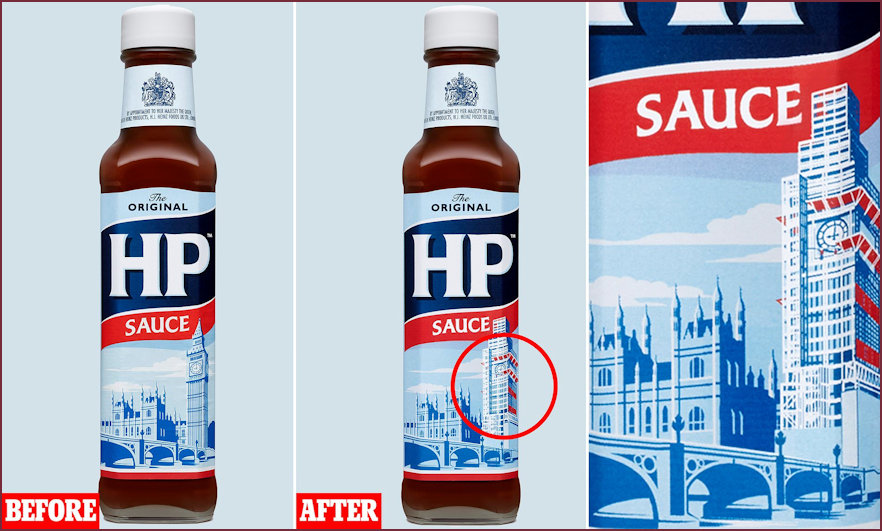
Image courtesy of the Daily Mail
The famous picture of the Elizabeth Tower on the label currently shows scaffolding, to reflect its ongoing restoration.
2019 Update :
Somebody had a bit of fun (thinking outside the box - good for them) and noticed that the image of the Elizabeth Tower (Big Ben) on the label had not been updated to reflect the change in status (lots of scaffolding) so they did something about it! Read the full article here
That takes a lot of bottle! HP sauce bosses cover up famous image of Big Ben to show the iconic London landmark as it undergoes renovations
- Famous sauce has used Elizabeth Tower on its packaging for 123 years
- New label - in all its 'scaffolded glory' - will remain in place during renovations
- HP closed their last factory in Birmingham in 2007 and have moved operations to the Netherlands
By Sean Poulter Consumer Affairs Editor For The Daily Mail |Published: 31st May 2019 | Updated: 31st May 2019
For 123 years, the Westminster skyline has had pride of place on bottles of HP Sauce. But unlike the image on the label, Big Ben's historic Elizabeth Tower is currently shrouded in scaffolding to allow for badly needed renovations. Now Heinz has decided to mark the change, with a truer reflection of the scene in the capital. The company said the new label, featuring the tower in all its 'scaffolded glory', will remain in use until work is completed and the chimes of Big Ben 'ring out across the land again in 2021'. Heinz has always been keen to play up the history and tradition of its distinctive brown sauce.
Frederick Gibson Garton, a Nottingham grocer, first formulated his recipe in 1870, and registered the name HP Sauce in 1896 because he had heard that a restaurant in the Houses of Parliament had begun serving it.

"British icon: The Elizabeth Tower, which houses Big Ben, has fronted the packaging for HP sauce for over 123 years but it about to undergo a makeover" - image courtesy & © of the PA as it appeared in the Daily Mail


"The company said the new label, featuring the tower in all its ‘scaffolded glory’, will remain in use until work is completed and the chimes of Big Ben ‘ring out across the land again in 2021’" - image courtesy & © of the PA as it appeared in the Daily Mail
At the end of the article referring to the move to Holland the author mentions (rather derogatorily) a Windmill to further underscore the loss to the UK - if he had done a little more research he may have discovered that Nottingham, does indeed, have its own Windmill (although not listed in this Top 20)!
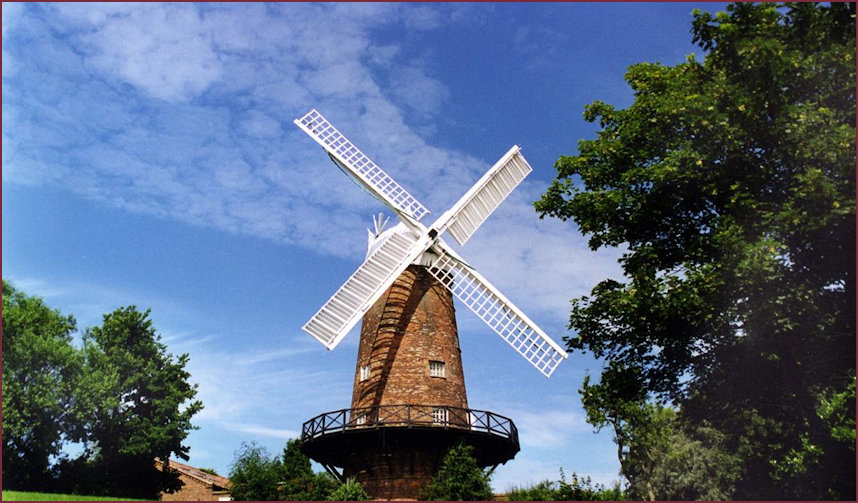
Green's Windmill and Science Centre in Sneinton - image courtesy and © of 'Visit Nottinghamshire'
16. Salvation Army (1865)

Yes, the Sally Army was founded in the East End of London, but it was the brainchild of Sneinton man William Booth. As well as whipping out the instruments to play Christmas songs, the Salvation Army is also one of the biggest distributors of humanitarian aid in the world.
15. Tarmac (1901)
Not necessarily the most fascinating thing on the list, but perhaps the most widely-used. Notts county surveyor Edgar Hooley was passing a tarworks in 1901 when he noticed a barrel of tar had been spilled and, to reduce the mess, someone had dumped gravel on it. A year later he patented the process - and the first road to be tarmaced was in West Bridgford.
14. Lace (1760s)
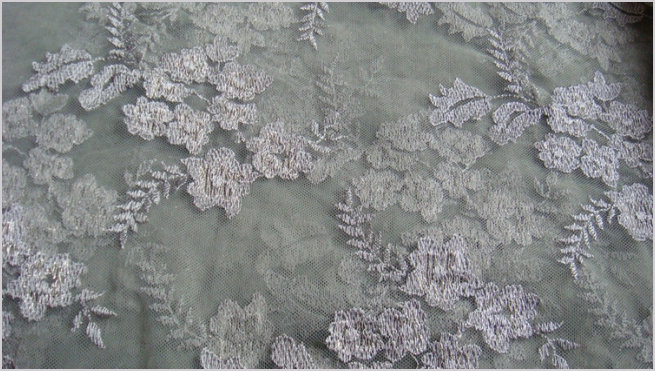
'Nottingham Lace: The Fabric of Fairytales' - Image sourced from lesouk.co
Lace made by machine has played an important role in the industrial life of Notts since the 1760s when net was first made on the stocking frame. By the early 1900s, Nottingham was the lace capital of the world with one third of the entire population earning their living in the trade, two thirds of them women. The trade may be a shadow of its former self but lace is woven into the fabric of the city.
13. Traffic lights (1866)
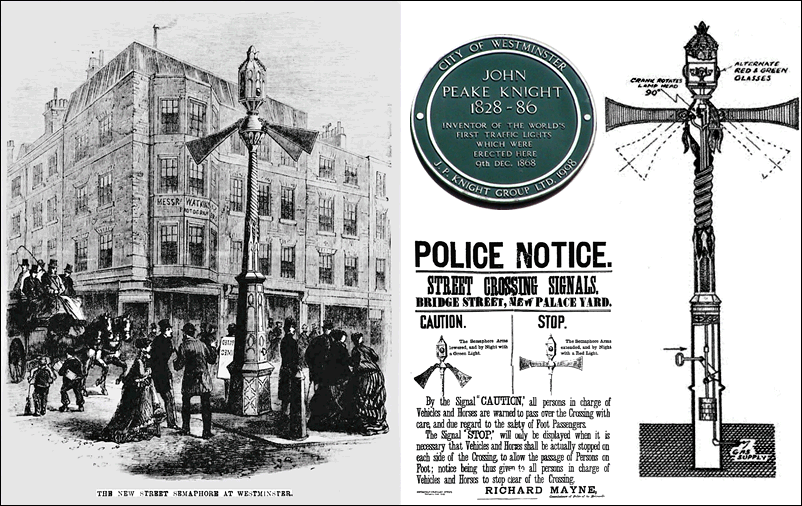
"Traffic lights are a British invention. John Peake Knight, a railway engineer and inventor, is credited with designing the first set, which was installed on December 9, 1868, outside the Houses of Parliament, at the junction of Great George Street and Bridge Street in Parliament Square." Source : driving.co.uk - Image sourced from yourlifechoices.com
It's pretty hard to imagine a time without traffic lights, but after seeing thousands killed on the roads, in 1866 Nottingham High School pupil John Peake Knight set about trying to solve the problem. His system had a revolving gas-powered lantern with a red and a green light - with the first one placed near the House of Commons in London.
12. Player's Cigarettes (1832)
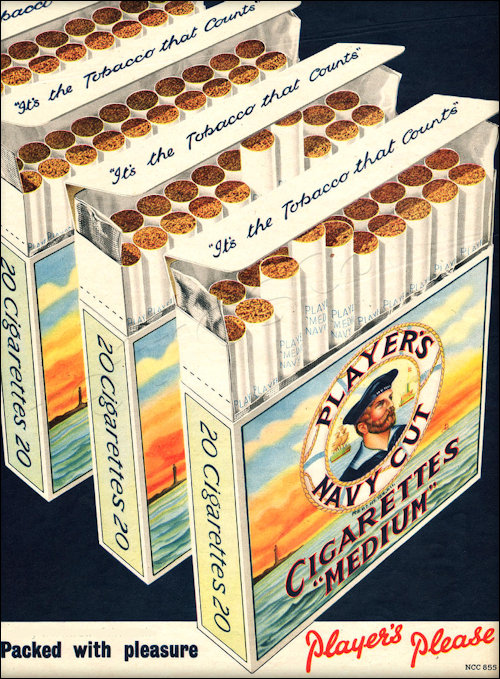
(Iconic) image sourced from retrofair.com
Okay, in health terms this shouldn't be in here. But Player's began as a small shop in Beast Market Hill in 1860 and went on to become one of Nottingham's best-known brands. John Player was the first tobacconist to offer pre-packaged tobacco. Before this, smokers would have to buy it loose by weight.
11. Goose Fair (1284; at the Forest Rec since 1928)
Every October, the Forest Rec is taken over with rides and food stands for Goose Fair. With thousands flocking from across the country and further afield, it's easily one of the finest things Nottingham has to offer. The rest of the world, you're welcome.
10. Running water (1831)
Turning on the taps is a fairly everyday thing, but the technology has its origins in Nottingham. Arnold-born Thomas Hawksley was an engineer for the Nottingham Waterworks Company and developed the first high-pressure water supply at Trent Bridge.
9. Sir Paul Smith (born 1946)
It all could have been so different. Paul Smith left school at 14 with the aim of becoming a professional cyclist, but after a nasty accident, he then picked up a career in fashion. Years later, he is now one of the most famous names in fashion.
8. Torvill and Dean (1984, Bolero)
Twenty-four million people watched that moment when Torvill and Dean cemented their position in history with a flawless routine to Ravel's Bolero. Their perfect 6.0s puts them at number eight in our list.
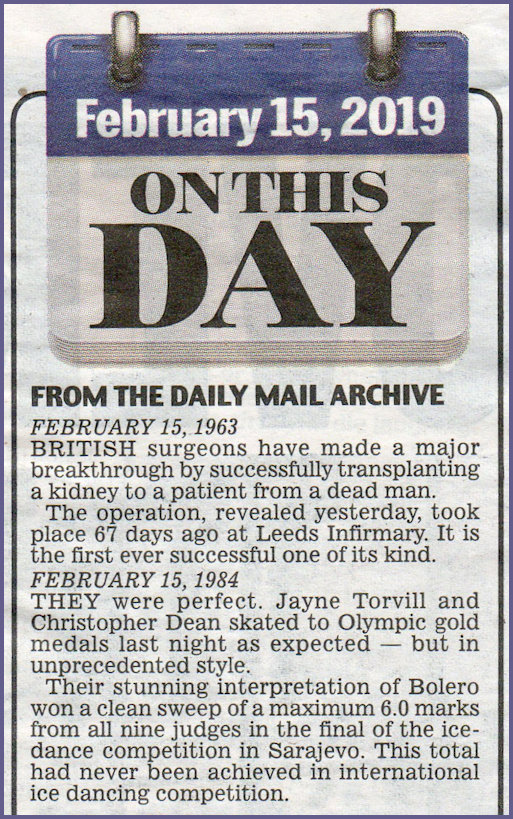
7. Boots (1849)
When Nottingham-born Jesse Boot married Jersey businessman's daughter Florence Rowe, the pair found a common entrepreneurial spirit which saw a little shop in Goose Gate turn into a global company.
Image courtesy & © of Boots
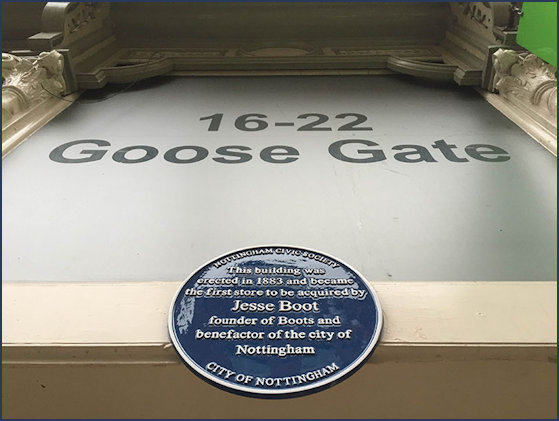
Image courtesy and © of NottsTV
6. Football heritage (from 1862)
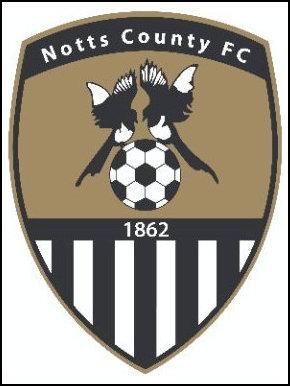
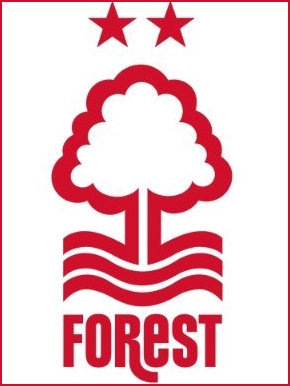
Far too many things to mention, but Nottingham has the oldest league club in the world in Notts County, who were also the first team to wear a uniform kit. Over the Trent, Nottingham Forest were the first team to wear shin pads and introduce goal nets and crossbars, and a whistle for the referee. Oh, and Forest chairman Sam Widdowson introduced the idea of defending, by playing a 5-5-0 formation rather than a 1-2-7 which most teams used.
5. Ibuprofen (1961)
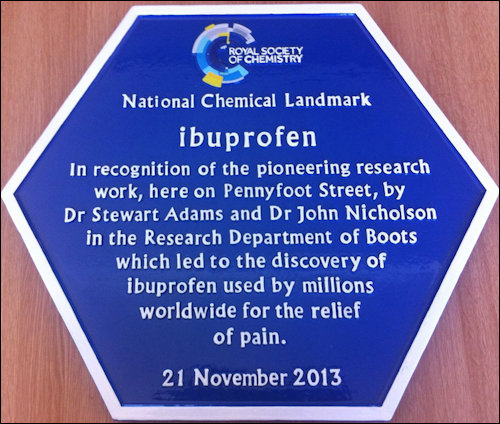
Image sourced from the Royal Society of Chemistry Twitter account.
A cure for all sorts of aches and pains, it's clear why Ibuprofen is seen as a wonder drug. And it was made right here in Nottingham by Dr Stewart Adams. He even admitted in 2007 that he tested his creation out on a hangover - and millions have found out it works since.
Personal note - my husband is certainly one in a million to me and as far as Ibuprofen is concerned - it should be called a 'silent killer' not wonder (or god forbid) miracle drug - why? We were instructed by the NHS (over the phone) to administer this stuff to him when I rang for assistance when he collapsed with some terrifying throat symptoms. I was unable to look down his throat, so the advice was to use this stuff which we had never had in the house! A few hours later his head had swelled to the size of a football and was finally admitted to hospital - the staff had never seen anything like it! These particular symptoms were eventually diagnosed as a severe reaction to the Ibuprofen and it wasn't until some time later that a proper diagnosis was made of the symptoms he had presented with, turns out it was that rare thing a 'quinsy' and it was not treatable by this killer drug!
4. Writers (various dates)
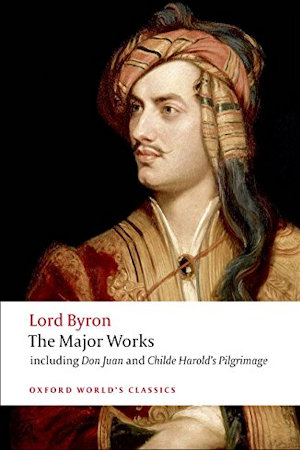
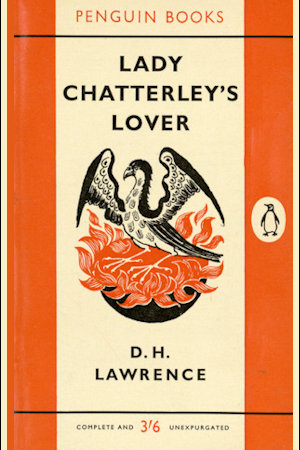
Discover an interesting link to JRR Tolkein here
Too many to list individually, but Nottingham has a rich writing history, from Byron, who penned some of the finest poems of his era, via D H Lawrence, with his work littered with references to his origins in Eastwood, and Alan Sillitoe, who captured the grit of the city in Saturday Night and Sunday Morning.
3. Raleigh (1888)
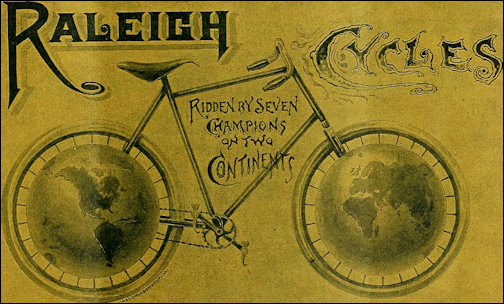
Image from page 380 of "The Wheel and cycling trade review" (1888) - "Text Appearing Before Image: Its made from the best Credenda Steel Tubing, and Steel Drop Forgings, that cant be excelled, and the Machinery and Tools used are the finest in the world. A Bicycle of as high grade as is possible to build and yet sold for $1 1 5.00 with Pneumatic Tires". Image and dialogue sourced from Flickr
If there is one brand that is Nottingham to a T, it has to be Raleigh. Thousands were employed at the factories in Triumph Road, and thousands more have had the pleasure of riding round on a Chopper, Max or any of the other bikes it put out. The last bike with 'Made in Nottingham' on the frame rolled off the production line in 2002, but a design and distribution centre still exists in Eastwood.
2. Magnetic Resonance Imaging (MRI)
It was a University of Nottingham professor who revolutionised medicine. The first MRI machine was only big enough to fit a finger in, but they grew in size and popularity and are now widely used by doctors looking at brain tumours, Parkinson's and strokes. Sadly the inventor, Sir Peter Mansfield, died earlier this year.
1. Robin Hood (1160 - maybe)
We don't care if he might be a myth, we don't care if he wore dodgy tights, we don't even care if people want to say he came from Kent, or Yorkshire, or the upper reaches of the Limpopo. He's ours. Robin Hood is probably the first thing that comes to your mind when you think of Nottingham. The story of Robin, Maid Marian and his band of Merry Men is the most famous of all medieval tales, and has been the subject of numerous TV and film adaptations.
Sourced from : Nottingham Post (I have chosen not to use their selection of photographs and embellished the article with my own preferences)
Page refreshed : 19th October 2020 G)
